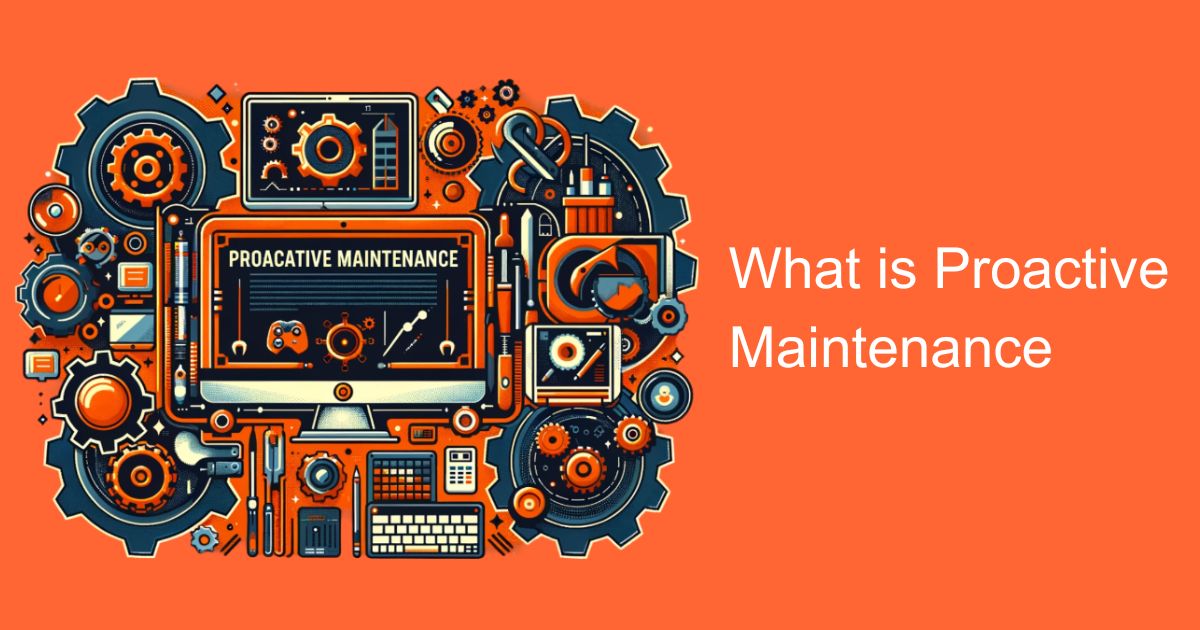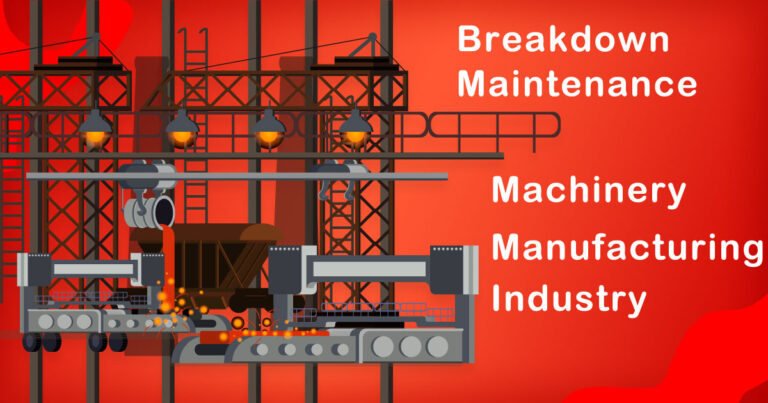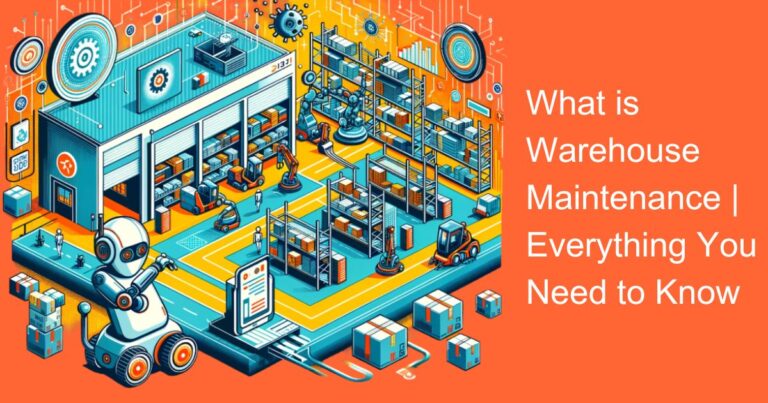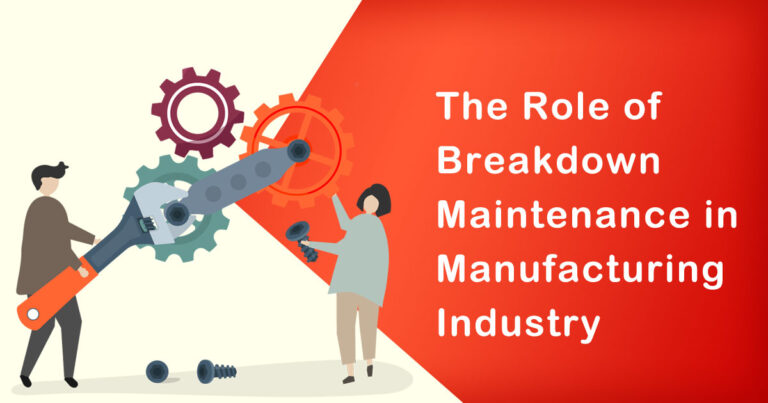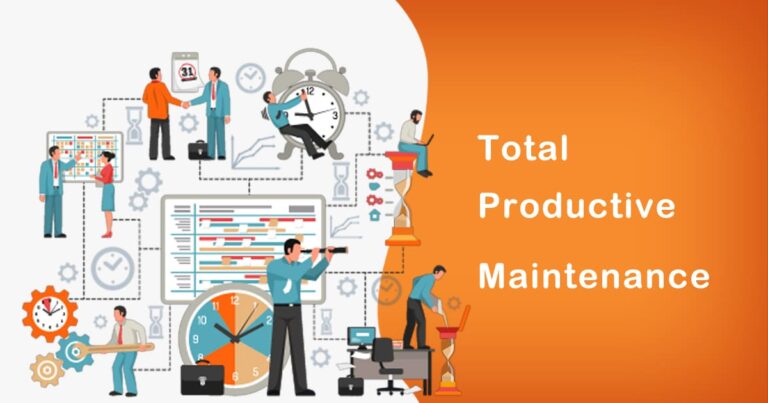Introduction
In the ever-evolving landscape of industrial operations and maintenance, proactive maintenance has emerged as a critical strategy to ensure the longevity and efficiency of machinery and equipment. This approach is especially pertinent in India, where various industries form the backbone of the economy. In this comprehensive guide, we will delve deep into the what is proactive maintenance, explore its benefits, strategies, and its significance in the Indian context.
Understanding Proactive Maintenance
Proactive maintenance, often referred to as preventive maintenance, is a systematic approach to maintaining machinery and equipment to prevent breakdowns and minimize downtime. Unlike reactive maintenance, where repairs are made only when a machine fails, proactive maintenance involves regular inspections, servicing, and planned replacement of components before they reach the end of their operational life.
Key Components of Proactive Maintenance
Scheduled Inspections:
Regular inspections are the cornerstone of proactive maintenance. Trained technicians examine equipment for signs of wear, damage, or potential issues. These inspections can be daily, weekly, or monthly, depending on the criticality of the equipment.
Predictive Maintenance:
Modern technology has enabled the use of sensors and predictive analytics to forecast when equipment is likely to fail. By monitoring data such as temperature, vibration, and lubrication, maintenance teams can schedule repairs or replacements before a breakdown occurs.
Asset Management:
Maintaining an accurate and up-to-date inventory of assets is crucial. Asset management software can help track the lifecycle of each piece of equipment, including purchase date, maintenance history, and anticipated replacement dates.
Root Cause Analysis:
When breakdowns do occur, a proactive approach involves conducting root cause analysis to understand why the failure happened. This helps prevent future occurrences of the same issue.
Benefits of Proactive Maintenance
Proactive maintenance offers a myriad of advantages for businesses across various industries in India:
Reduced Downtime:
By preventing unexpected breakdowns, organizations can maintain consistent production schedules, ultimately leading to increased productivity.
Cost Savings:
While proactive maintenance requires an initial investment, it often results in lower overall maintenance costs in the long run as major breakdowns are avoided.
Enhanced Safety:
Regular inspections and maintenance reduce the risk of accidents, ensuring a safer working environment for employees.
Extended Equipment Lifespan:
Proactive maintenance prolongs the operational life of machinery and equipment, delaying the need for expensive replacements.
Improved Efficiency:
Well-maintained equipment operates more efficiently, reducing energy consumption and contributing to sustainability goals.
Proactive Maintenance in the Indian Context
In India, where industries such as manufacturing, agriculture, and infrastructure development play a vital role in the economy, proactive maintenance is of utmost importance. Here’s why:
Agriculture:
India’s agricultural sector heavily relies on machinery such as tractors, harvesters, and irrigation systems. Proactive maintenance can ensure that these machines function optimally, increasing crop yields and food production.
Manufacturing:
The manufacturing sector in India encompasses a wide range of industries, including automotive, pharmaceuticals, textiles, and more. Proactive maintenance is essential to meet stringent quality standards and remain competitive in the global market.
Infrastructure:
As India continues to invest in infrastructure development, maintaining critical equipment in sectors like construction, energy, and transportation is crucial to avoid costly delays and accidents.
Cost-Effective Solutions:
In a cost-sensitive market like India, proactive maintenance is a cost-effective solution to prevent unplanned downtime and extend the life of expensive machinery.
Conclusion
Proactive maintenance is not just a buzzword; it’s a strategic approach that businesses in India and around the world must adopt to thrive in today’s competitive landscape. By investing in regular inspections, predictive maintenance, and asset management, organizations can reduce downtime, cut costs, and ensure the safety and efficiency of their operations. In India, where industries form the backbone of the economy, embracing proactive maintenance is not just a choice; it’s a necessity for sustainable growth and success.


